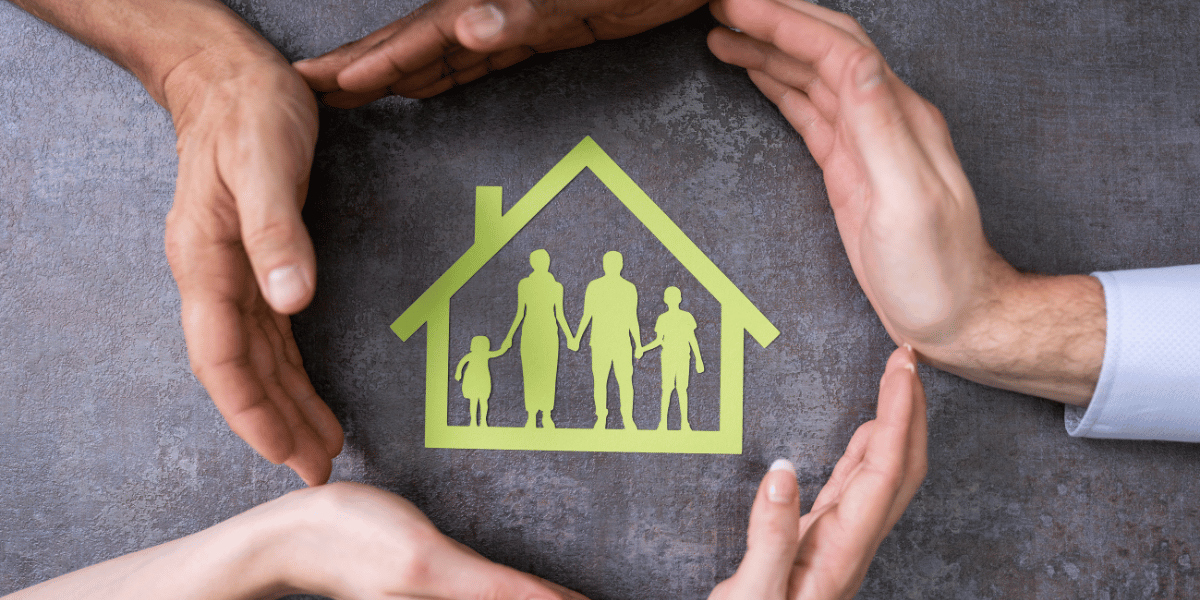Natural disasters, especially hurricanes, have long plagued the residents of Louisiana. Located in the Gulf Coast region, the state is prone to severe storms, flooding, and hurricanes, which cause significant damage to homes and communities. To address this persistent challenge, the Louisiana Fortify Homes Program (LFHP) was introduced, aiming to enhance the structural resilience of homes while reducing the financial burden on homeowners. This article explores the program in depth, its goals, benefits, application process, and its broader implications for disaster management and community resilience.
Understanding the Louisiana Fortify Homes Program
The Louisiana Fortify Homes Program is an initiative aimed at mitigating the impacts of hurricanes and severe weather by encouraging homeowners to strengthen their homes through advanced construction techniques. This program aligns with a broader national effort to improve the durability of buildings in hurricane-prone regions, thus reducing economic losses, displacement, and reconstruction costs.
Administered by the Louisiana Department of Insurance (LDI), the program offers financial incentives, grants, and technical guidance to homeowners willing to upgrade their homes to withstand hurricanes. By focusing on preventive measures, LFHP seeks to build safer communities, minimize insurance claims, and reduce post-disaster recovery time.
Goals of the Program
The primary objectives of the Louisiana Fortify Homes Program include:
Reducing Hurricane Damage: Enhancing home resilience to minimize structural damage during hurricanes and other severe storms.
Lowering Insurance Costs: Encouraging fortified construction practices to reduce premiums on homeowner insurance policies.
Promoting Community Resilience: Equipping neighborhoods with robust housing that can withstand natural disasters fosters quicker recovery and stability.
Reducing Public Costs: By mitigating damage, the program helps decrease the reliance on federal and state disaster aid, ultimately saving taxpayer money.
Increasing Awareness: Educating homeowners about the importance of resilient construction and the benefits of proactive disaster planning.
Key Features of the Louisiana Fortify Homes Program
Financial Grants
A cornerstone of the LFHP is its financial assistance component. Homeowners who qualify for the program receive grants to retrofit their homes with stronger materials and techniques. These grants typically cover a significant portion of the costs associated with fortification, ensuring that financial barriers do not impede homeowners from taking proactive measures.
Construction Standards
The program emphasizes compliance with the Institute for Business and Home Safety’s (IBHS) Fortified Home standards. These standards, which include Fortified Roof™, Fortified Silver™, and Fortified Gold™ levels, focus on reducing wind and water intrusion, two of the most common sources of hurricane damage.
Fortified Roof™: Concentrates on enhancing the roof’s durability by upgrading materials, ensuring better installation methods, and using advanced sealing techniques.
Fortified Silver™: Includes roof improvements and additional measures to strengthen doors, windows, and walls against wind and debris.
Fortified Gold™: Represents the most comprehensive standard, focusing on a fully integrated system where all aspects of the home are designed to withstand severe weather.
Collaboration with Contractors
The LFHP works closely with certified contractors trained in fortified construction practices. Homeowners are required to use these certified professionals to ensure the work meets the high standards set by the program.
Benefits of the Louisiana Fortify Homes Program
1. Enhanced Safety for Residents
The primary benefit of the LFHP is improved safety for homeowners and their families. Fortified homes are better equipped to withstand the high winds and heavy rains of hurricanes, reducing the risk of injury and loss of life.
2. Economic Savings
Reduced Repair Costs: Strengthened homes are less likely to incur severe damage during hurricanes, resulting in lower repair costs after a disaster.
Lower Insurance Premiums: Many insurance companies offer discounts on policies for homes that meet fortified standards.
Grants to Offset Costs: The program’s financial assistance minimizes the upfront investment required for retrofitting.
3. Community Resilience
Strengthened housing contributes to quicker recovery times for entire communities. By minimizing the destruction of homes, the LFHP ensures that neighborhoods remain functional and livable even after severe weather events.
4. Environmental Benefits
By reducing the need for extensive post-disaster reconstruction, the program also contributes to environmental sustainability. Fewer materials are wasted, and the carbon footprint of rebuilding efforts is significantly lowered.
5. Increased Property Value
Fortified homes often have higher market values due to their enhanced safety features and reduced risk of damage. Homebuyers are increasingly drawn to properties that offer better protection against natural disasters.
Eligibility and Application Process
Who Can Apply?
To participate in the Louisiana Fortify Homes Program, applicants must meet specific criteria:
Homeownership: Applicants must own the property for which they are seeking fortification.
Location: The home must be located in Louisiana, with priority often given to areas most vulnerable to hurricanes.
Structural Condition: Homes must meet baseline structural requirements to qualify for upgrades.
Steps to Apply
Initial Application: Interested homeowners begin by submitting an application to the LDI, providing details about their property and its current condition.
Assessment: A certified inspector evaluates the home to determine its eligibility and the level of fortification required.
Grant Approval: If approved, the homeowner receives a grant covering a portion of the retrofit costs.
Retrofitting Process: Homeowners hire a certified contractor to complete the upgrades according to the program’s standards.
Final Inspection: After construction, a final inspection ensures the work complies with fortified standards.
Challenges Facing the Program
1. Funding Limitations
As with many government programs, the Louisiana Fortify Homes Program is constrained by its budget. Limited funding means not all eligible homeowners can receive assistance, leading to long waitlists or prioritization of certain areas.
2. Awareness Gap
Despite its benefits, many homeowners remain unaware of the LFHP. Efforts to increase public awareness through marketing campaigns and community outreach are essential for maximizing participation.
3. Contractor Availability
The requirement to use certified contractors can create delays, especially during peak seasons when demand for construction services is high.
4. Homeowner Hesitancy
Some homeowners may be reluctant to participate due to the perceived complexity of the process or concerns about upfront costs not covered by the grant.
Success Stories and Program Impact
Since its launch, the Louisiana Fortify Homes Program has successfully fortified thousands of homes across the state, significantly reducing hurricane damage in participating communities. For example, in areas where fortified homes were tested during major hurricanes, such as Hurricane Ida, the structural integrity of upgraded properties remained intact while neighboring homes suffered extensive damage.
These success stories illustrate the program’s value not only to individual homeowners but also to entire communities. The reduced need for emergency housing, disaster aid, and rebuilding has provided tangible proof of the program’s efficacy.
The Future of Fortified Homes in Louisiana
As climate change continues to increase the frequency and intensity of natural disasters, programs like LFHP will play an increasingly critical role in disaster preparedness and mitigation. The state of Louisiana is exploring ways to expand the program, including:
Increased Funding: Advocating for larger budgets to extend the program’s reach.
Public-Private Partnerships: Collaborating with private insurers and construction firms to share costs and expertise.
Integration with Other Initiatives: Aligning the LFHP with broader disaster resilience efforts, such as flood mitigation and sustainable urban planning.
Additionally, there is a growing push to incorporate fortified standards into building codes, ensuring that all new construction in Louisiana adheres to these life-saving practices.
Conclusion
The Louisiana Fortify Homes Program represents a proactive and innovative approach to managing the state’s vulnerability to hurricanes and severe weather. By providing financial incentives, fostering community resilience, and promoting advanced construction techniques, the program not only protects individual homes but also strengthens the social and economic fabric of the state.
For homeowners, participating in the LFHP is not merely a financial or structural decision; it’s an investment in safety, stability, and peace of mind. As the program continues to evolve and expand, it promises to serve as a model for disaster mitigation efforts nationwide, demonstrating the power of prevention in the face of nature’s most formidable challenges.



